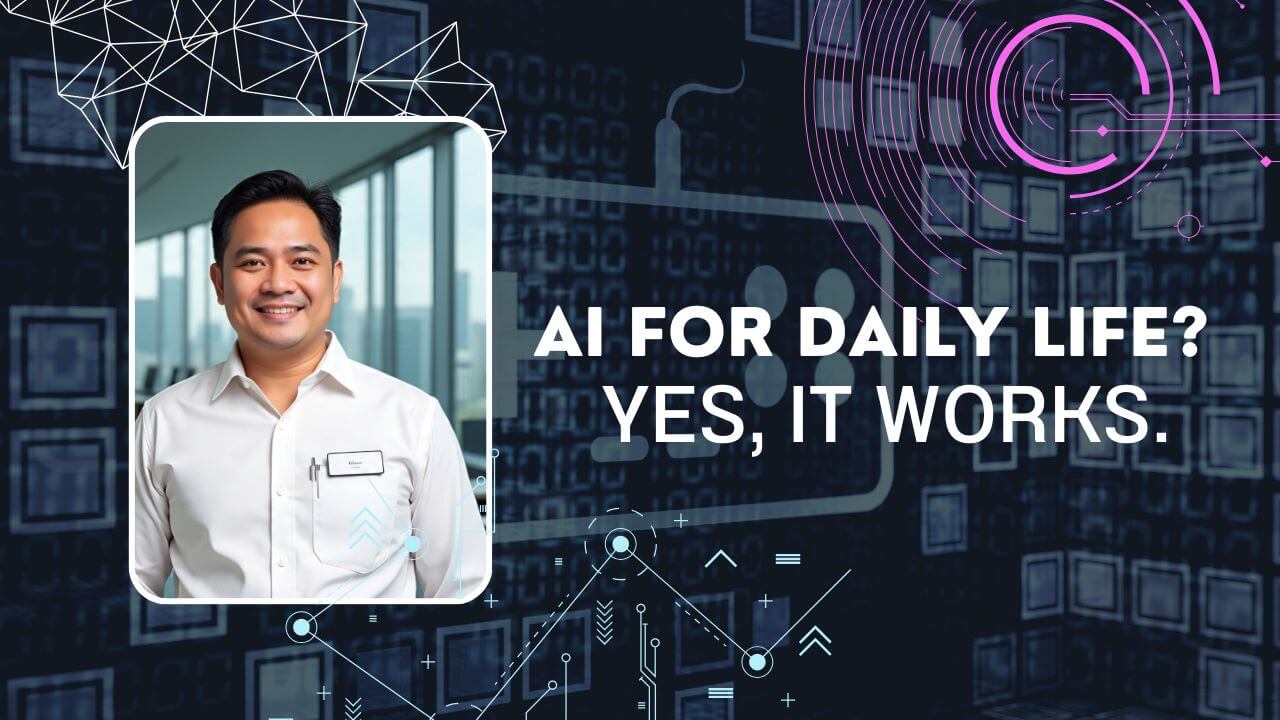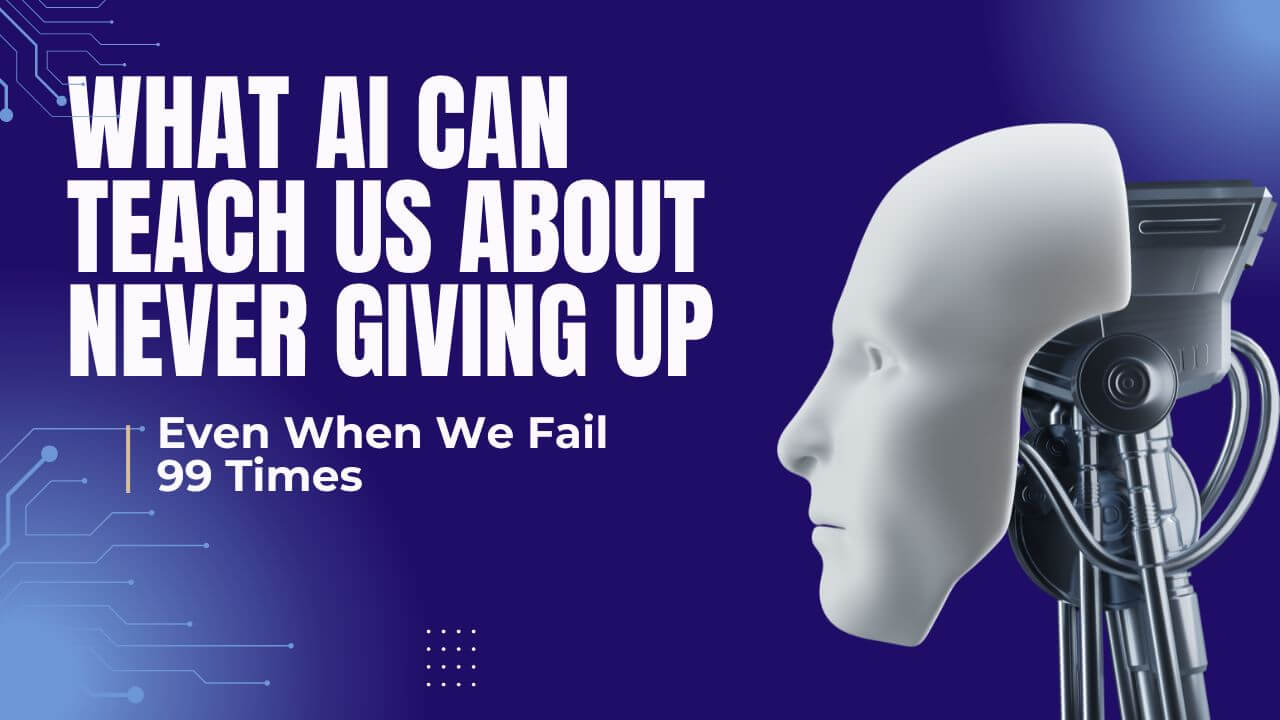A friend tells you, “I understand how you feel.” Now imagine hearing those same words from a chatbot.
Do they carry the same weight?
As emotional AI becomes more sophisticated—from chatbots that comfort users during mental health crises to virtual assistants trained to detect vocal distress—we find ourselves facing a complex question: Can machines truly empathize, or are they just performing empathy convincingly enough for us to believe it?
This is the paradox of synthetic empathy.
When AI Feels Like It Cares
Let’s say you type: “I can’t handle this anymore.” A well-trained AI responds, “That sounds overwhelming. Would you like to talk about it?” It may not seem groundbreaking, but for someone who’s isolated, stressed, or silently struggling, this kind of reply can feel like a lifeline.
Studies have shown that emotional AI can help reduce anxiety, improve emotional regulation, and even encourage help-seeking behavior. For many, the experience is soothing and surprisingly effective.
But effectiveness isn’t the same as understanding.
The Difference Between Feeling and Mimicking
Human empathy comes from lived experience and emotional intuition. It’s shaped by pain, joy, and everything in between. AI, in contrast, doesn’t feel anything. It simulates appropriate responses by analyzing patterns in language, tone, and context, effectively mimicking empathy without ever feeling it.
This is where it gets blurry: If the comfort feels real, does the origin matter?
For some, it doesn’t. If AI can offer a nonjudgmental space to talk, reflect, or vent, then perhaps the “performance” of care is enough. But there are risks. Users may misinterpret synthetic responses asa genuine connection. They may overshare, overtrust, or replace human support with algorithmic comfort.
That’s not empathy—it’s emotional outsourcing.
Why This Hits Differently in the Philippines
In a country where mental health remains underfunded and emotional openness is often masked by cultural resilience, AI-powered companionship can be incredibly appealing. Gen Z students are journaling with bots. Overseas workers use chat assistants to cope with homesickness. For some, AI becomes a surrogate for unavailable or inaccessible emotional support.
But the Filipino emotional landscape is full of nuance. Phrases like “Wala na akong gana” carry a quiet depth—apathy mixed with fatigue, loneliness, and unspoken grief. AI may respond with surface-level sympathy, but miss the cultural and emotional weight behind those words.
In short: synthetic empathy works best when it understands not just language, but context—something it’s still learning to do.
Should We Trust Emotional AI?
We should use it—but with care.
Emotional AI can be a helpful tool for reflection, a way to practice expressing thoughts, or a bridge until real human help is available. But it is not a therapist. It is not a friend. And it cannot replace the deeply human act of being seen by someone who truly feels it with you.
Final Thought: What We Feel Is Real—Even If AI Can’t Feel It Back
The truth is this: AI doesn’t understand grief. It doesn’t know what it’s like to fall in love, lose a parent, or feel terrified about the future. It doesn’t carry memories or scars. But it can speak the language of empathy so fluently that it makes us feel momentarily understood.
That moment can matter. But as we build emotional AI, we must stay honest about what it is—and what it never will be.
Because in a world of synthetic empathy, it’s up to us to protect the depth, complexity, and sincerity of real human emotion.







